- Cashless Bano India/
- Features/
- Digital Payments: Services That Do Not Need Cash Anymore
Digital Payments: Services That Do Not Need Cash Anymore

While a significant majority of transactions in India continue to be done with cash (almost 86 per cent of them, according to NITI Aayog CEO Amitabh Kant), there is an undeniable momentum in the transition towards digital payments solutions. In fact, a lot of goods and services can now be purchased with just your bank details and an internet connection. The government's Demonetisation move of November 2016, of course, was a huge thrust to this but even as the cash crunch has come to an end, the number of places one can go cashless are just increasing. Here are a few places where one can jump the lines and make payments with just a touch of a button.
1. Railway Tickets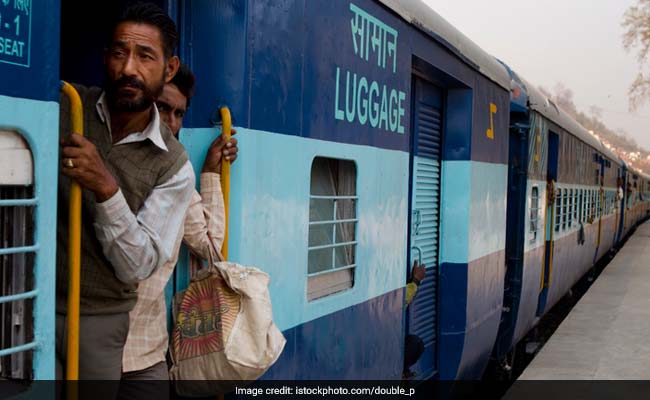
Apart from this, IRCTC has made strides to encourage digital payments. Its own website allows users to use credit cards, debit cards and net banking for payments and it has tied up with popular mobile wallets like Paytm, MobiKwik and FreeCharge.
2. Utility Bills
Perhaps, the simplest way to pay your utility bills-telephone, water, gas (LPG) electricity, etc-is through mobile wallets. Nearly all mobile wallet services available in the market have tie-ups with electricity boards, gas companies and telecom and broadband companies which means that one simply needs to download their app on a smartphone, load some money into the mobile wallet and make their payments.
Those living in Delhi or Bengaluru can also pay their water bills through mobile wallets like MobiKwik and Paytm.
3. Mobile Recharge and Bills
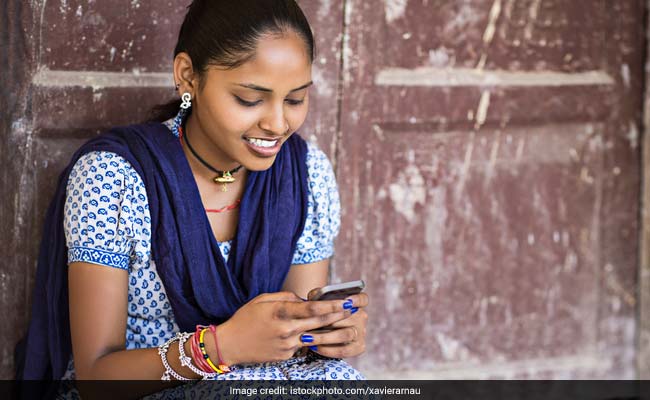
Mobile wallets actually got their start in India as portals through which people could recharge their pre-paid mobiles. Nearly all mobile wallets allow users to recharge their mobiles and data cards as well as pay postpaid bills for all major telecom companies. This can either be done through an app or through the mobile wallet's website.
Additionally, telecom companies have their own websites and apps which allow customers to recharge their balance and settle bills through debit/credit cards, net banking or via any mobile wallet which is pre-loaded with enough money.
4. Toll Plazas
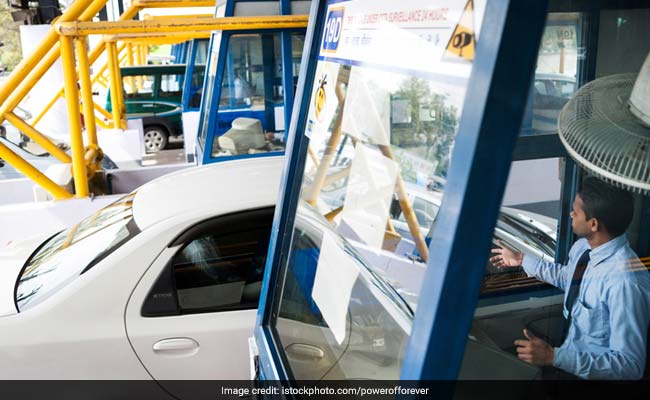
In April 2016, the National Highways Authority of India (NHAI) introduced an option for commuters to at 275 toll plazas on the National Highways around the country. This was enabled through FASTag, a readable tag which can be fixed onto a vehicle's windscreen.
Here is how it works-When a person with a FASTag crosses a toll gate, the toll amount is automatically deducted with the help of radio-frequency identification technology (RFID) which detects the tag. FASTag is essentially a pre-paid instrument which can be loaded with money via online payments through debit/credit cards or net banking.
Additionally, most toll plazas now allow payments to be made through mobile wallets like Paytm and MobiKwik as well. Commuters can simply scan the QR Code displayed at toll booths, allowing money to be deducted straight from their mobile wallets.
5. Kirana Stores
Post Demonetization, many retailers (both big and small) have begun offering their customers the option of making payments via mobile wallets and many also keep credit/debit card machines.
6. Fines/Challans
Traffic police departments all over the country have announced plans to transition towards an e-challan system which will allow people to check their challans online and pay the fine using a digital payment system. Currently, cities like Delhi, Pune, Mumbai and Vijayawada have e-challan systems in place.
In Delhi, people can pay their fines on the Delhi Traffic Police's website through a debit/credit card or net banking while in Mumbai, traffic violators can download the Mumbai Traffic Police's MTPapp to pay their fines.
Traffic violators in Pune, Mumbai and Vijayawada can also pay their fines through mobile wallet Paytm by simply entering their vehicle's licence number.
7. School and College Fees
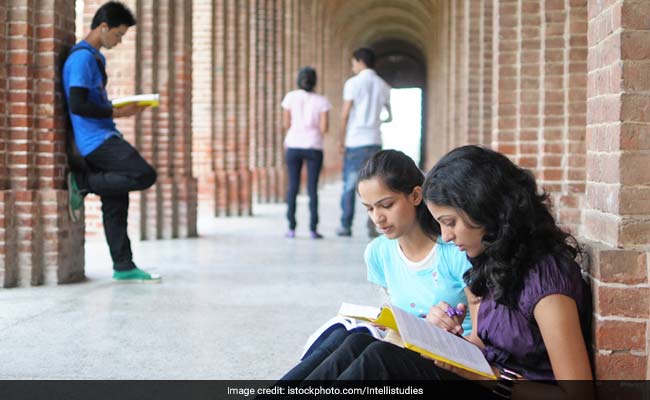
The University Grants Commission (UGC) recently issued guidelines for all universities colleges in the country to become cashless. The circular asked these higher education institutions to stop insisting on payments made through demand drafts or pay orders and instead opt for online payment methods.
In fact, all technical and higher education institutions in Delhi have already opted for digital payment methods.
A lot of schools now also accept digital payments either through their own sites or through third-party payment gateways. Many mobile wallet companies have also tied up with schools.
8. Taxis
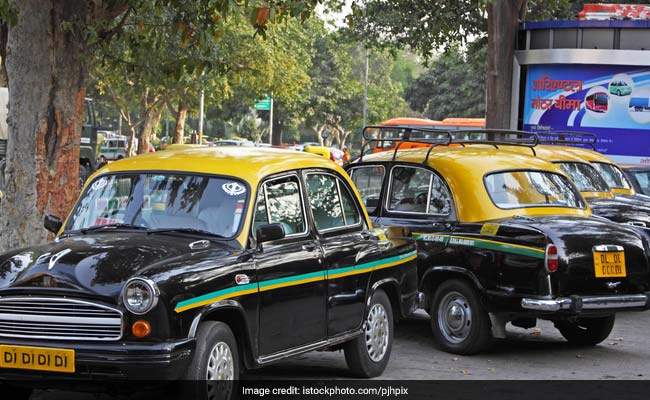
Taxi aggregators already offer different digital payment options to its customers right from debit/credit cards and net banking to their very own pre-paid mobile wallet systems. Many traditional taxis have also switched over to digital payments (particularly after demonetisation) offering customers the choice to make their payments via mobile wallets.
About The Campaign
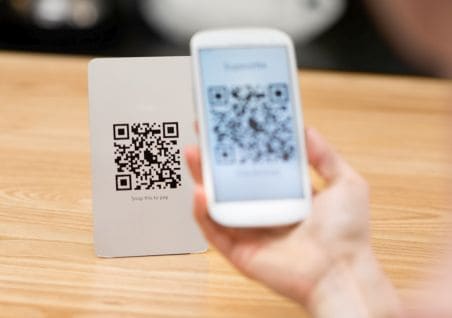
NDTV along with MasterCard is launching a multi-platform campaign “Cashless Bano India”, to create digital awareness and educate the masses about digital payment solutions for day to day transactions.
The campaign aims to take the message of a cash free India to the country, all while educating them on the ways and means to do it.
We aim to reach out to people and educate them on:
1). Digital and financial literacy
2). New generation digital payment solutions
3). Enabling merchants and consumers to understand and adopt secured and safe payment Solutions
4). Ease of usage at point of sales


